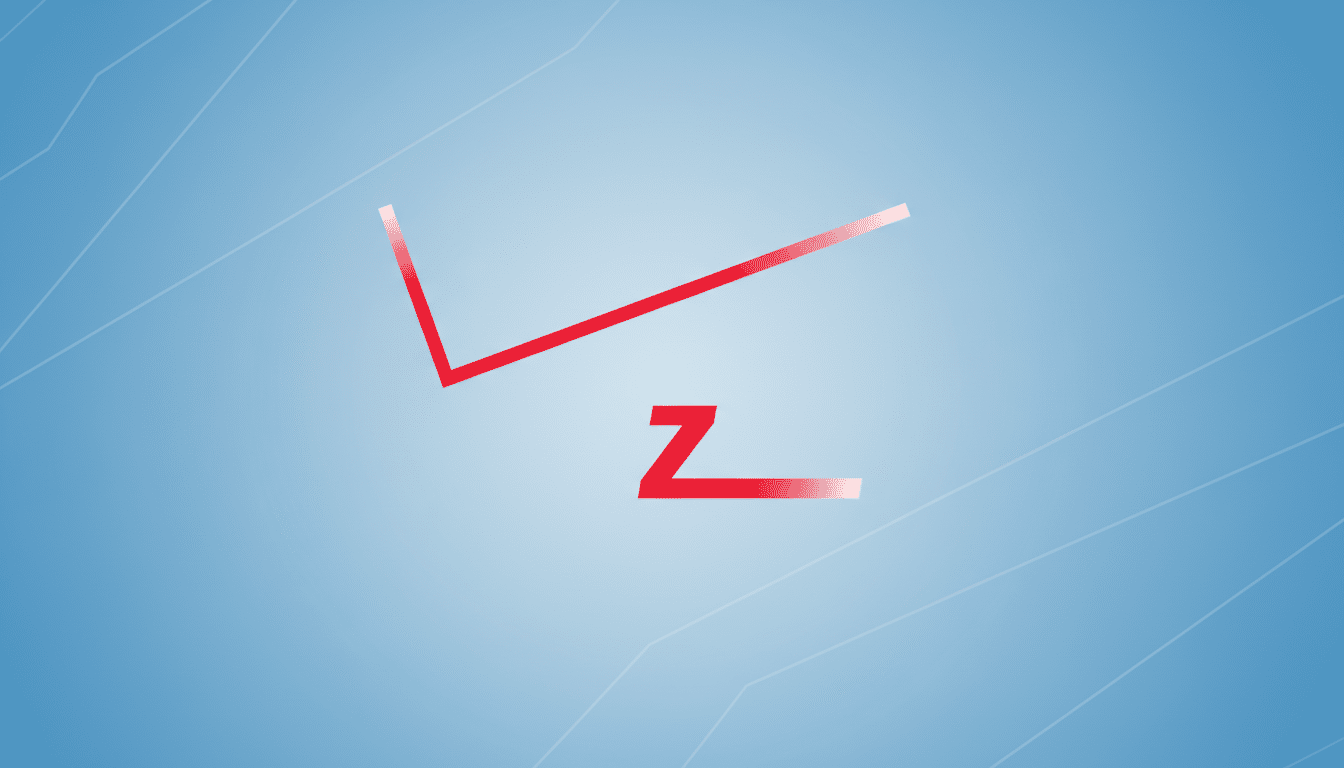Verizon is poised to cut 15,000 jobs, or about 15% of its total workforce, according to a new report from Reuters citing sources familiar with the matter. If the plan is approved, it would be one of the biggest headcount reductions in the company’s history and a sign that executives are moving aggressively to simplify its business at a time when the telecom industry faces stiff competition.
The report presents the cuts as part of a larger reorganization that may also spell site consolidations and more cost-saving moves. Shares in Verizon were up about 1.5% after the news, indicative of investor hopes that leaner operations might help margins and free cash flow to flourish.
- What the new report alleges about Verizon job cuts
- Why Verizon is pursuing cost cuts and restructuring moves
- Which Verizon teams and roles could be most affected
- Industry context and precedent for large telecom layoffs
- What It Means for Customers and Investors
- What to watch next as Verizon evaluates major job cuts

What the new report alleges about Verizon job cuts
Verizon is expected to cut about 15,000 positions, and the cuts will be focused on different parts of the company, Reuters reports. It’s unclear what the specific scope will be, but two people familiar with the plan described it as part of a larger simplification initiative that could also include scaling down in certain locations, particularly those considered less profitable or duplicative.
The company has not explained its plan publicly, and it has not released details on exactly which teams will be affected. In the past, Verizon has paired layoffs with buyout packages, transfers, and the outsourcing of jobs where business unit operations were shifting.
Why Verizon is pursuing cost cuts and restructuring moves
Verizon and its peers are contending with slower wireless subscriber growth, fierce competition from T-Mobile and AT&T, and a consumer device replacement cycle that has extended.
At the same time, carriers are taking a step back from aggressive 5G spending decisions made last year — including multibillion-dollar payments for mid-band (C-band) spectrum, and accelerated network buildouts.
Rising interest rates have only magnified the cost of carrying telecom debt, making it even more important to drive better operating leverages.
The company’s message to Wall Street in its past couple of earnings calls and in presentations to investors is that it will need operational discipline, fewer phones for customers to choose from, and a higher percentage of premium plans among U.S. wireless carriers to stem the decline of service revenue and ARPA.
Back-office and customer-support work are also being transformed by automation. Carriers are introducing AI-enabled chat, network analytics, and predictive maintenance, which can cut the need for headcount even as they promise faster responses and fewer outages.

Which Verizon teams and roles could be most affected
While the details are not worked out yet, potential hot spots could include corporate functions with overlapping roles, as well as retail and call center operations that are contending with accelerated shifts to digital channels, as well as particular network and field positions where automation or vendor partnerships have made progress. Verizon has also been consolidating real estate footprints as more office work shifts to hybrid or remote.
Wireline and field technician positions are covered by labor agreements with the Communications Workers of America and Telecommunications Union. Those unions are likely to review and question any changes that affect represented roles, and may push for redeployment or severance protections where those apply.
Industry context and precedent for large telecom layoffs
Global telecom operators are undergoing a multiyear efficiency push. Vodafone said it would cut thousands of jobs as part of a push to return to its core markets. BT said it had detailed up to 55,000 job cuts over time as it digitizes and discontinues older networks. Carriers in the U.S. have churned through rounds of restructurings as their 5G capital programs peak and operational focus changes.
Verizon has carried out large-scale workforce actions previously. One was a sweeping voluntary separation program a few years back that eliminated thousands of jobs as the company refocused on 5G and high-end wireless plans. The cuts being newly reported appear wider-ranging and more immediate, in line with a push for a streamlined business model.
What It Means for Customers and Investors
Customers will have to look for any effect on quality of service, availability in the retail sector, and call wait times. Time and time again, Verizon has insisted that it will still lead in networks and “delight” customers, an aspiration that raises the bar for stripping headcount out of a business while refining tools and offering improved digital self-service.
Such large-scale cuts generally support near-term margin expansion and higher free cash flow for investors, useful for paying down debt and providing dividends. The risk is operational: if execution falters and churn increases, then any savings could be dwarfed by lost revenue. Analysts at shops ranging from MoffettNathanson to New Street Research have repeatedly emphasized that network quality and the customer experience continue to be the key differentiators in U.S. wireless.
What to watch next as Verizon evaluates major job cuts
Among the things for which we will look:
- Official confirmation from Verizon
- Size and structure of severance or redeployment programs
- How impacted these businesses are
- Whether store or call center footprints will be consolidated
- Comments from labor groups
- Updates on guidance around cost cuts, capital spending, and network milestones
For the time being, the Reuters report suggests a definitive — and polarizing — pivot in Verizon’s overhaul. The scale reflects the calculation that management is making a bet that a closer-to-the-ground, more focused organization can better navigate an increasingly mature wireless market while continuing to invest heavily in maintaining its 5G network at or near the front of the pack.

